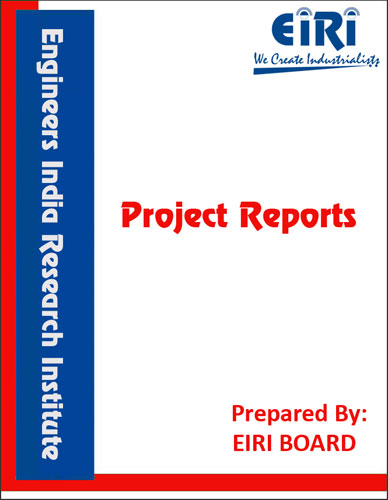DISTILLERY
The project report includes Present Market Position and Expected Future Demand, Market Size, Statistics, Trends, SWOT Analysis and Forecasts. Report provides a comprehensive analysis from industry covering detailed reporting and evaluates the position of the industry by providing insights to the SWOT analysis of the industry.
We can prepare PROJECT REPORT as per your INVESTMENT PLAN for BANK LOAN REQUIREMENT and INDUSTRY ANALYSIS. All reports are prepared by highly qualified consultants and verified by a panel of experts.
Have Query? Click Here to Chat
Industry Expert is Online, Chat with him for more detail.

Gin, vodka and related spirits like aquarit are distinguishable from whisky, rum and brandy which themselves have a number of common characteristics. The most evident difference is in colour, with gin an vodka normally being colourless white whisky, rum and brandy vary in shade from straw-coloured to the deepest brown. This immediate difference is linked with distinguishing features of composition and flavour which are reflected in the methods of production of the two troup of sprits. The aurd whisky comes from the Gaelic word wisge-beatha, as the Irish called it, incoming the water of life. The colour in whisky, rum and brandy oves it origin to the practice of ageing or maturing these spirits in wooden casks, which as containers have previously used for transporting some compatible liquid such as slerry, wine or molasses. Residues of previous contents, together with substance extracted from the wood itself, serve to give the maturing spirit a brown colour which in interest of standardization, is supplmented by the addition of caremel. The requirement for maturation in wood is now codified in lay standing whisky is the potable spirit obtained by distillation of an aquons extract of an infusion of matted barly and after cereals that has been ferriented with strains of sacctromyus ceramisial. Various types of whisky are produced in a number of different countries in the world. They differ principally in the nature and proportion of the cerels used as a raw materials along with matted barly and also in the type of still used for distillation. The principal types of whisky are also characterised of particular geographical regions of the world.
DETAILED FEASIBILITY REPORT COVERS:
- Introduction
- Uses and Applications
- Properties
- Market Survey with future aspects
- Present Manufacturers
- B.I.S. Specifications
- Manufacturing Process with Formulae
- Plant Layout
- Cost Economics with Profitability Analysis
- Capacity
- Land & Building Requirements with Rates
- List & Details of Plant and Machinery with their Costs
- Raw Materials
- Details/List and Costs
- Power & Water Requirements
- Labour/Staff Requirements
- Utilities and Overheads
- Total Capital Investment
- Turnover
- Cost of Production
- Break Even Point
- Profitability
- Land Man Ratio
- Suppliers of Plant & Machineries and Raw Materials.



